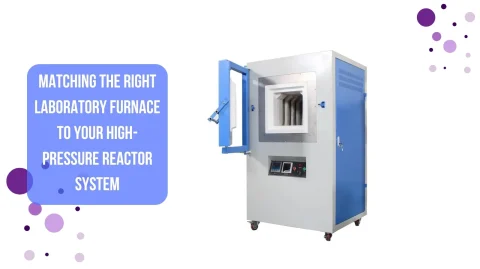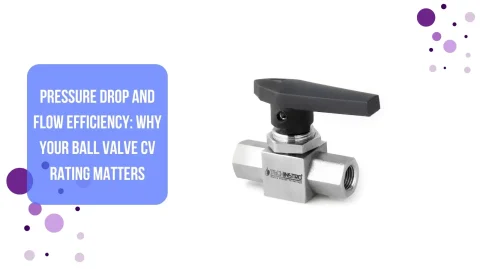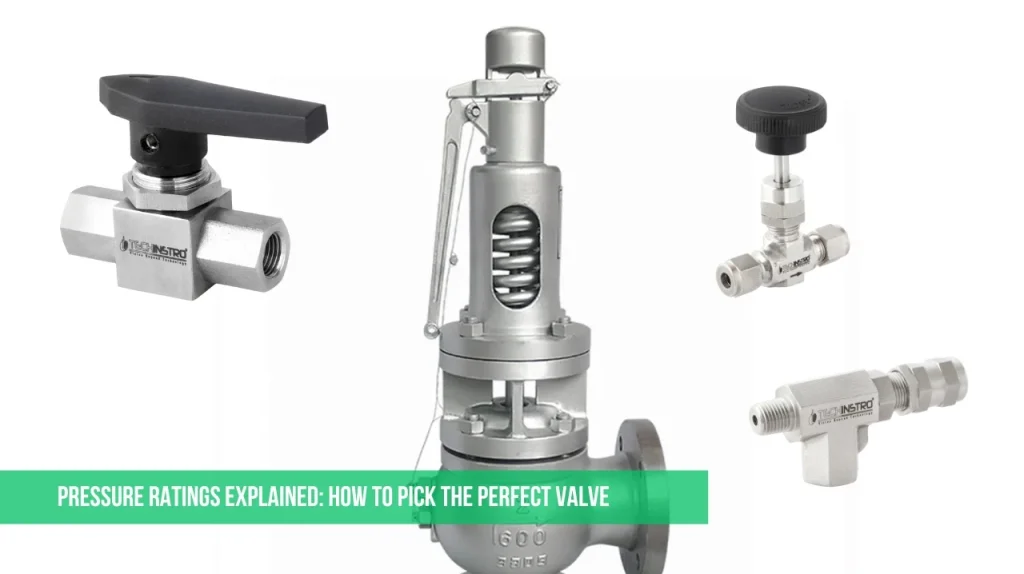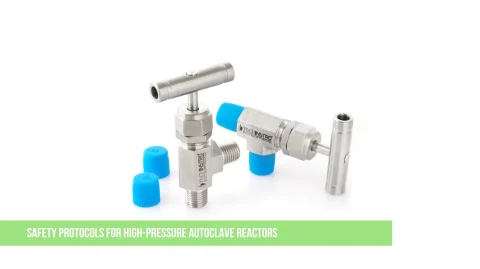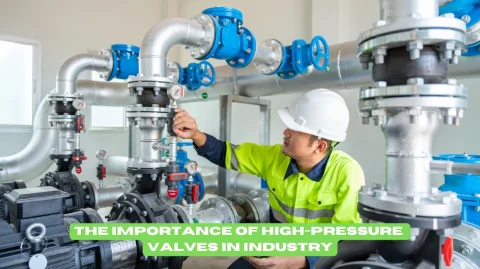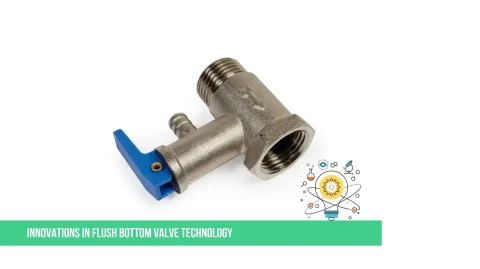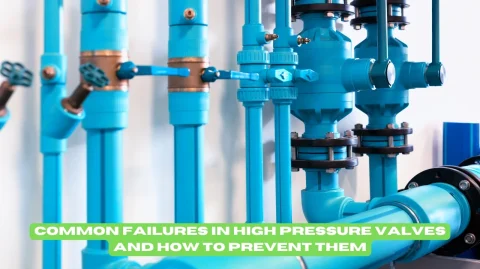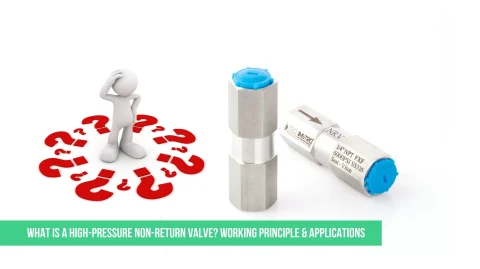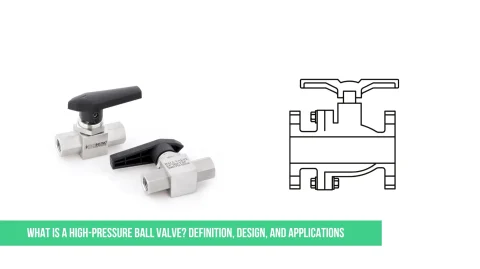Why Pressure Ratings Matter: –
Think of pressure ratings like speed limits for valves. Just as you wouldn’t drive a golf cart on the highway, you shouldn’t use a low-pressure valve in a high-pressure system. Getting this wrong can lead to
Dangerous explosions
Costly leaks
Unexpected shutdowns
Pressure Rating Basics: –
What Do Those Numbers Mean?
PSI (Pounds per Square Inch): Common in the US (e.g., 3000 PSI)
Bar: Common worldwide (1 Bar ≈ 14.5 PSI)
Class Ratings: –
Class 150 = 285 PSI
Class 300 = 740 PSI
Class 600 = 1480 PSI
Example: -A “Class 300” valve can handle 740 PSI at room temperature
The Safety Factor Secret: –
Manufacturers build in extra strength:
Most valves are rated for 4x their working pressure
Always choose a valve rated higher than your max system pressure
How to Choose the Right Rating: –
Find your system’s maximum pressure (check pump specs or ask your engineer)
Add a 25% safety margin (for pressure spikes)
Check temperature effects (pressure ratings decrease as heat increases)
Real-world example: –
Your hydraulic system runs at 2000 PSI
Add 25% safety = 2500 PSI needed
Choose a 3000 PSI valve to be safe
Temperature’s Hidden Impact: –
Heat changes everything:
A 3000 PSI valve at room temperature might only handle 2000 PSI at 400°F
Always check the pressure-temperature rating chart (provided by manufacturers)
5 Mistakes to Avoid: –
Assuming all valves are equal (a “1-inch valve” can have very different pressure ratings)
Ignoring pressure spikes (startup/shutdown often creates extra pressure)
Forgetting about future upgrades (choose a valve that can grow with your system)
Mixing metric and imperial units (double-check those Bar to PSI conversions)
Using the wrong seal material (some seals weaken under pressure)
Quick Selection Guide: –
Determine your max operating pressure
Add a 25% safety margin
Check temperature effects
Choose a valve type that meets these needs
